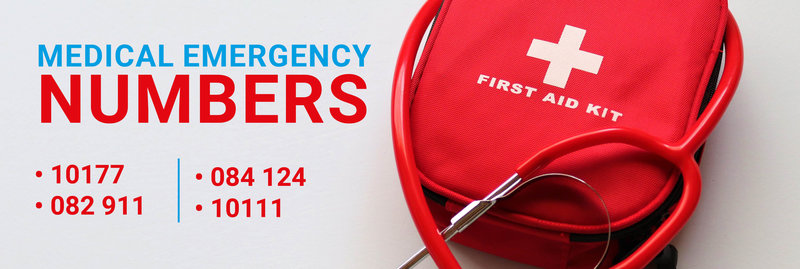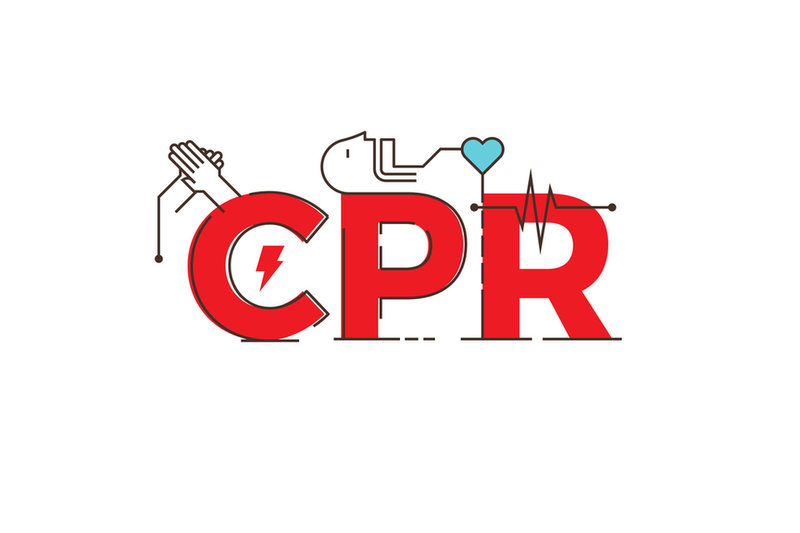
“Feel the city breaking and everybody shaking, and you’re stayin’ alive, stayin’ alive…” A line from the soundtrack to the movie Stayin’ Alive, sung by the Bee Gees. So what does it have to do with CPR – or cardio-pulmonary resuscitation?


CPR saves lives – and it does so by keeping the patient’s blood circulating long enough for trained professionals to arrive and take over. Even if you’ve never learned how to do it and only ever seen it done on the small or large screen, have a go. You could keep someone alive long enough for a trained first aider to assist and take over.
That’s the current view of trained professionals. Doing nothing will almost certainly result in a less than favourable outcome, but pumping someone’s chest might just save them. When in doubt, do it.
Seeing how chest compressions are done in a very simple video could help if ever faced with an emergency requiring CPR
So what does the song Stayin’ Alive have to do with it? The timing and persistent beat of the song is the perfect rhythm for chest compressions – 100 beats per minute. (Interestingly, Beyoncé’s Crazy for Love and Queen’s Another One Bites the Dust are just two of many songs which also have the same rhythm but the latter is possibly not going to provide the right motivation needed!)
According to the American Heart Association, something like 50% of sudden cardiac arrests could have a more positive result if bystanders just got stuck in. It’s better to attempt to save a life than stand by and do nothing – even if not trained in CPR. If in doubt, get on the patient’s chest and start compressions! CPR saves lives – and it does so by keeping the patient’s blood circulating long enough for trained professionals to arrive and take over.
Anyone who has ever done a first aid course will know that the rule of thumb when being taught CPR was A-B-C or Airway, Breathing, Circulation. If someone suffered a medical emergency in which the heart stopped beating, the training was that you checked the patient’s airway for obstruction. Then the first aider listened and watched the chest to see if it was rising and falling with their face close to the nose and mouth so that there was an additional third assessment by feeling either inhalations or exhalations on the cheek.
Then only did the first aider find the spot on the patient’s chest, just a few centimetres up from the sternum where the arc of the rib bones meet in the centre, place their hands in position and begin compressions, ensuring that the chest was pushed at least 5 cm deep.
But in 2010 the rules changed because valuable time – and lives – were being lost. The A-B-C was changed to C-A-B or compression, airway and breathing.
In somewhat bald language, Wikipedia writes the following: Cardiopulmonary resuscitation (CPR) is an emergency procedure consisting of chest compressions often combined with artificial ventilation in an effort to manually preserve intact brain function until further measures are taken to restore spontaneous blood circulation and breathing in a person who is in cardiac arrest.

“CPR alone is unlikely to restart the heart. Its main purpose is to restore partial flow of oxygenated blood to the brain and heart. The objective is to delay tissue death and to extend the brief window of opportunity for a successful resuscitation without permanent brain damage,” Wikipedia states.
Here’s what to do, according to the Mayo Clinic:
First, check the area around the person to ensure it’s safe. (If there are other bystanders, get them to call emergency services – either 10177, 082 911, 084 124 or 10111.)
Put the person on his or her back on a firm surface.
Kneel next to the person's neck and shoulders.
Place the lower palm (heel) of your hand over the centre of the person's chest, between the nipples.
Place your other hand on top of the first hand. Keep your elbows straight and position your shoulders directly above your hands.
Push straight down on (compress) the chest at least 5 cm but no more than 6 cm. Use your entire body weight (not just your arms) when doing compressions.
Push hard at a rate of 100 to 120 compressions a minute. (The American Heart Association suggests performing compressions to the beat of the song Stayin' Alive.) Allow the chest to spring back (recoil) after each push.
If you haven't been trained in CPR, continue chest compressions until there are signs of movement or until emergency medical personnel take over. If you have been trained in CPR, go on to opening the airway and rescue breathing. Two breaths per 30 chest compressions.

